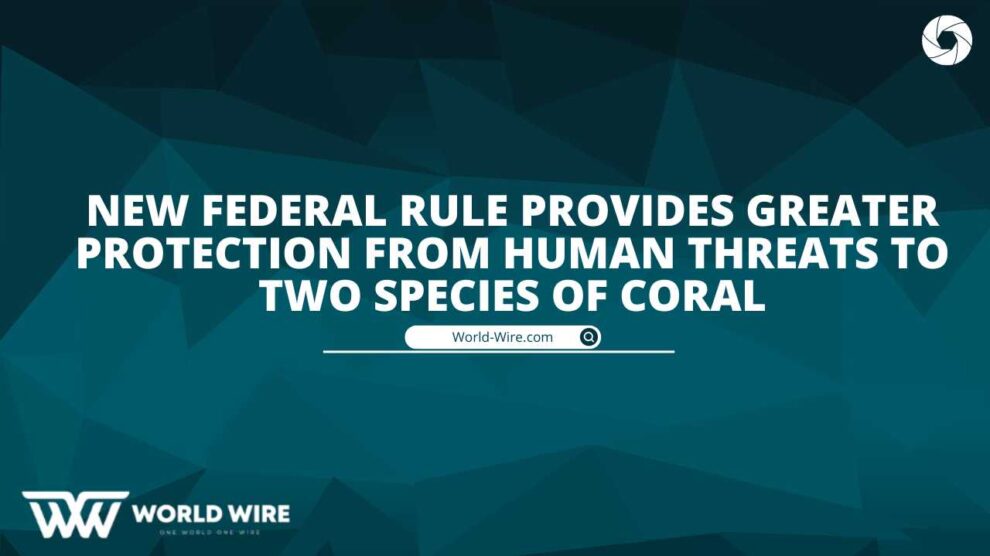In accordance with the Endangered Species Act, activities that harm or kill elkhorn or staghorn corals have been prohibited. Those corals that are disappearing off the coasts of Florida, Puerto Rico, and the U.S. Virgin Islands are now protected by the full protections provided under the Act, as published by the National Marine Fisheries Service in the Federal Register today.
Global warming and ocean acidification prompted the Center for Biological Diversity to petition the Endangered Species Act in 2006 to protect elkhorn and staghorn corals. In Florida and the Caribbean, staghorn and elkhorn corals were once the most abundant and important reef-building corals. But they are now almost 90 percent less abundant. The reason is mainly disease and bleaching, which results from abnormally high water temperatures, when corals expel symbiotic algae that give them their color. These coral species and coral reefs worldwide are most threatened by the rising ocean temperature resulting from global warming and the acidification resulting from carbon dioxide absorption by the ocean. The majority of coral reefs worldwide will be gone by mid-century unless carbon dioxide emissions are drastically reduced, according to scientists.
According to Miyoko Sakashita, a staff attorney for the Center for Biological Diversity, coral reefs disappear faster than you can say ‘global warming.’ Coral reefs deserve the strongest protection possible. Our coral reefs need to be protected against every threat we can manage. The new protective regulations are an important step towards preventing extinction.
Anyone who takes, harasses, harms, or kills threatened corals is prohibited from doing so. This means anyone who does these things is prohibited from injuring or killing corals.
-
In the event that they are damaged or removed
-
Their habitat is being taken away
-
Decontaminating or polluting an ecosystem
-
Damage to coral reefs caused by boating activities
As a threat to coral survival, climate change and elevated levels of carbon dioxide have been acknowledged by the federal government. There are currently more than 385 parts per million of carbon dioxide in the atmosphere. To prevent global warming’s most catastrophic impacts, and to prevent coral reef destruction from ocean acidification, carbon dioxide levels must be rapidly reduced to 350 parts per million or less.
Scientific research and restoration activities that promote the conservation of coral species are not prohibited by the new coral regulations, which take effect on November 21st. These protections are applicable to many species that are listed under the Endangered Species Act, but do not apply to threatened species until the federal government determines that these protections are necessary for their conservation.







Add Comment